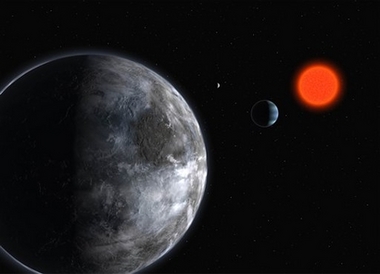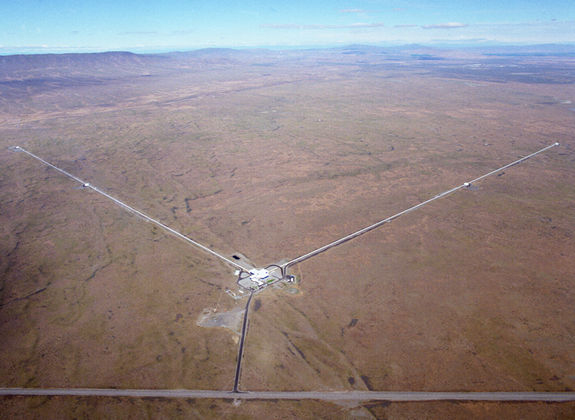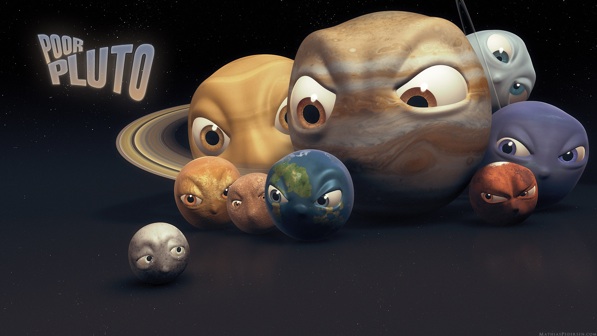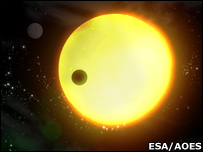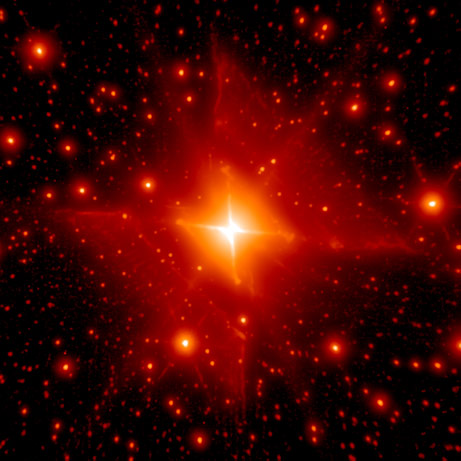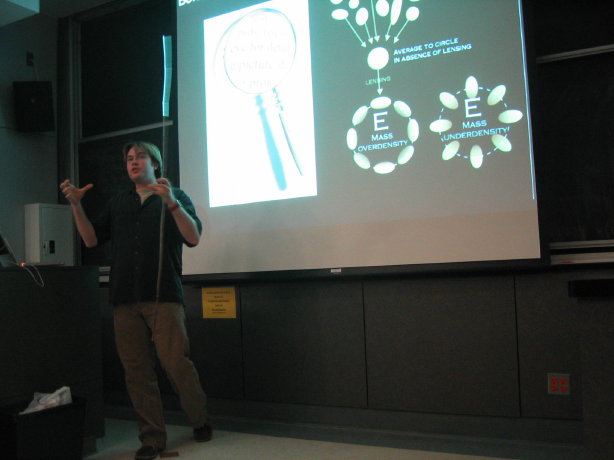The Universe On TV
Something funny happened to me last night. I was reviewing some television programmes that my system had recorded earlier, by fast-forwarding through them. In particular, I was skimming (I’ll admit) through an episode of a series that I was wondering whether to do a quick blog post about, in order to remind you to watch it. It’s the History Channel’s venture into science programming called “The Universe”, which has been running for some time now. Well, I was zipping through the one about stellar evolution called something like “The Life and Death a Star”…. and someone familiar popped on and off the screen. It was me. Took me a few beats to register full recognition, which was amusing.
I’d forgotten that I was to appear in this episode. Or, better put, I was not aware I would be in this one. I thought the ones I contributed to would air later, like next month or something. I thought there was a separate episode on neutron stars, but I see now that they included it all in an episode about the whole life of a star, which makes sense. (I chatted a bit about the filming of it in an earlier post.)
Anyway, as I was going to say (whether or not I was in it) was that it’s a nice series so far, and so consider having a look at it. If you have not been watching it, I imagine […] Click to continue reading this post

 I’ve not had time to look at this closely, but there’s been some remarkable news about the possible detection of water in the atmosphere of an extra-solar planet. Wow!
I’ve not had time to look at this closely, but there’s been some remarkable news about the possible detection of water in the atmosphere of an extra-solar planet. Wow!


